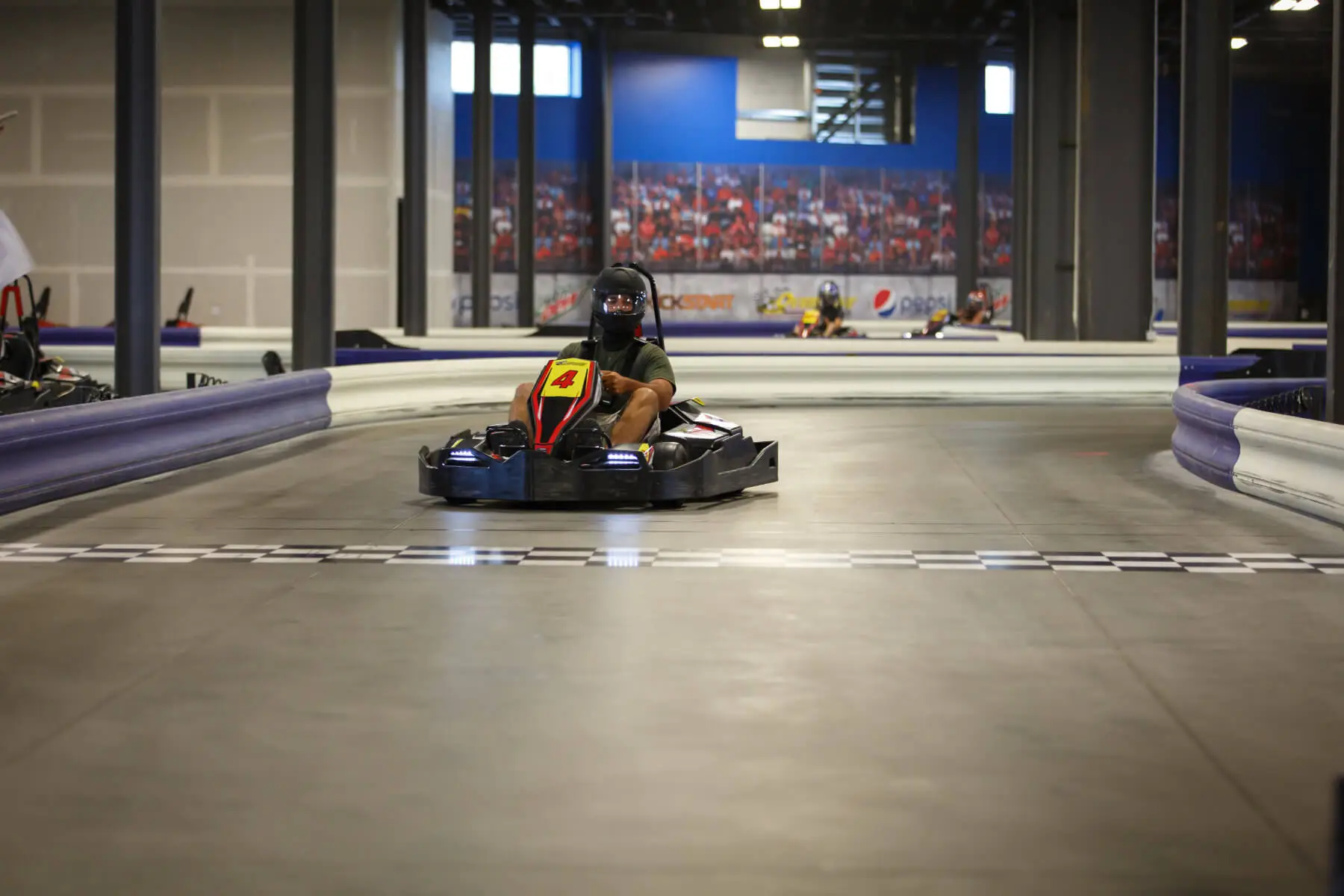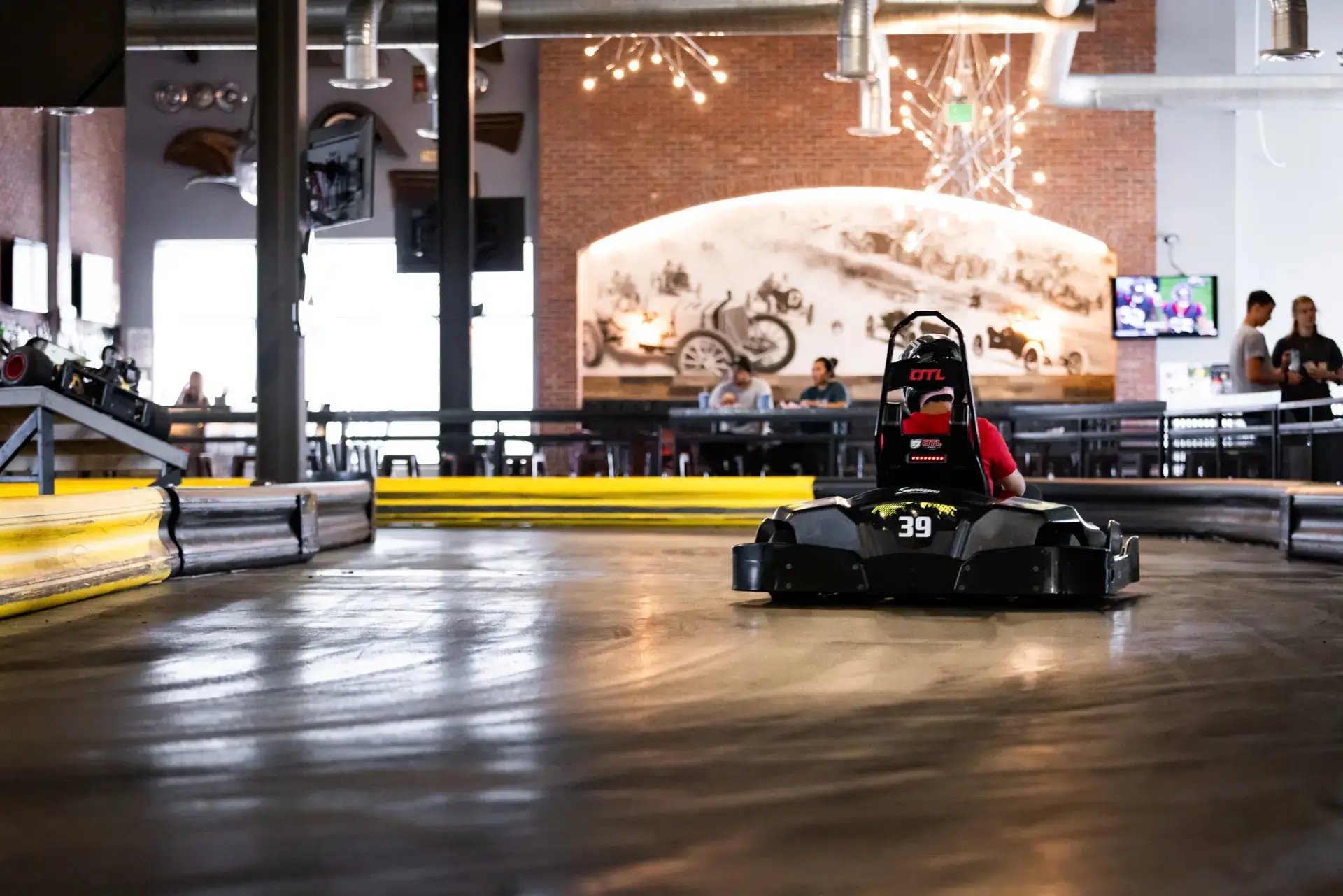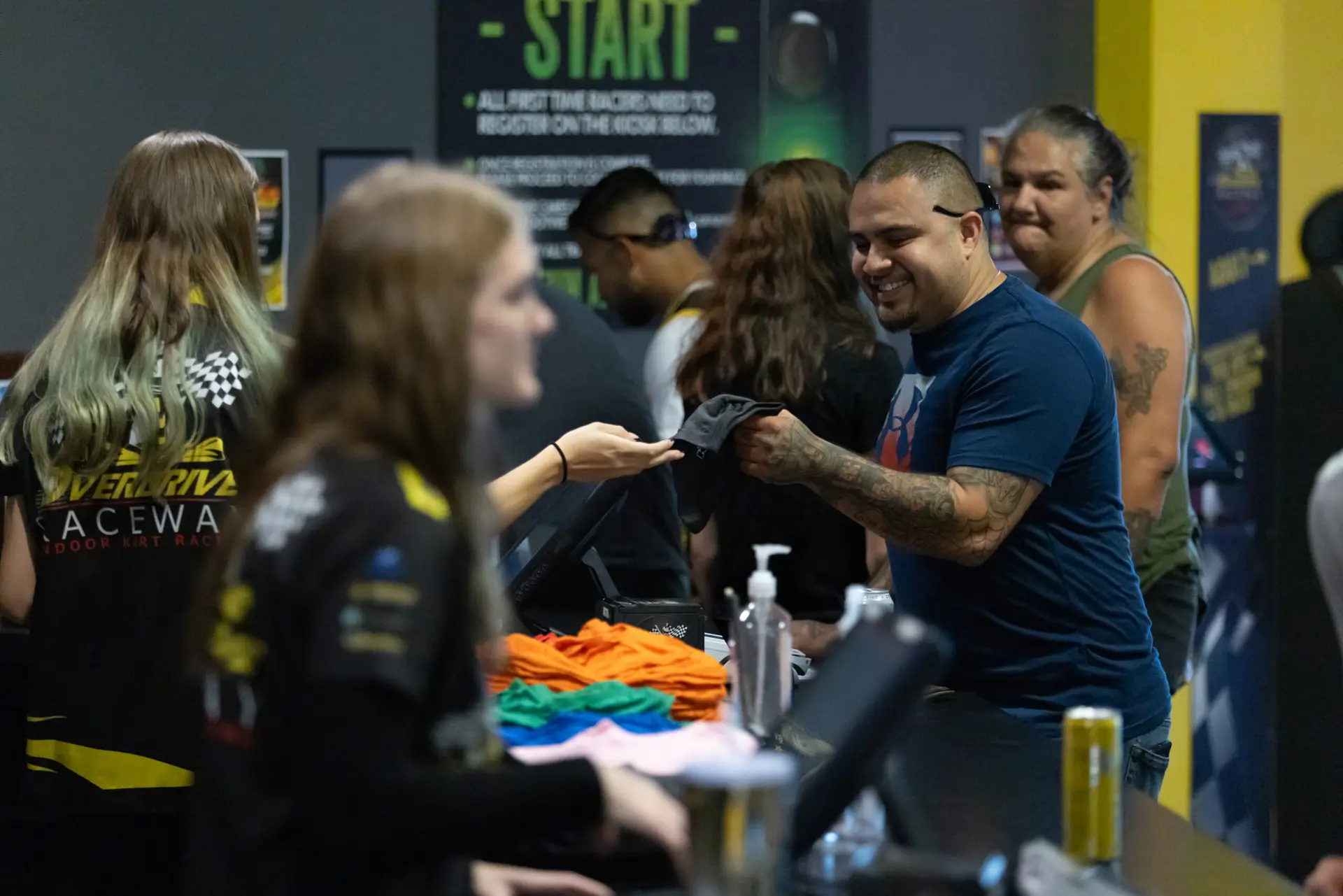The History of Go-Kart Racing in America
You might be surprised to learn that go-kart racing in America began in the 1950s with a simple lawnmower engine and some spare parts in Art Ingels' garage. This humble beginning sparked a wave of informal races in parking lots and backyards, gradually evolving into a popular pastime. Technological advancements and dedicated tracks transformed this hobby into a respected motorsport. But what really sets go-kart racing apart are the pioneering figures and legendary drivers who have left their mark on its history.
Early Beginnings
Go-kart racing's roots in America trace back to the 1950s when Art Ingels built the first kart in his garage. Imagine a modest space filled with tools, scrap metal, and the hum of innovation. Ingels, a race car builder, had a vision to create something fun and accessible. Using a lawnmower engine and various spare parts, he assembled a small, motorized vehicle that would soon become a sensation.
This humble project quickly turned into a popular recreational pastime. Friends and neighbors gathered to try out Ingels' new invention, and word spread like wildfire. People realized they didn't need a significant track or expensive equipment to enjoy the thrill of racing. All you needed was a bit of space and a creative spirit.
Ingels' innovation encouraged others to build their own karts, leading to informal races in parking lots and backyards. This grassroots movement laid the foundation for what would become a beloved American pastime.
Technological Innovations
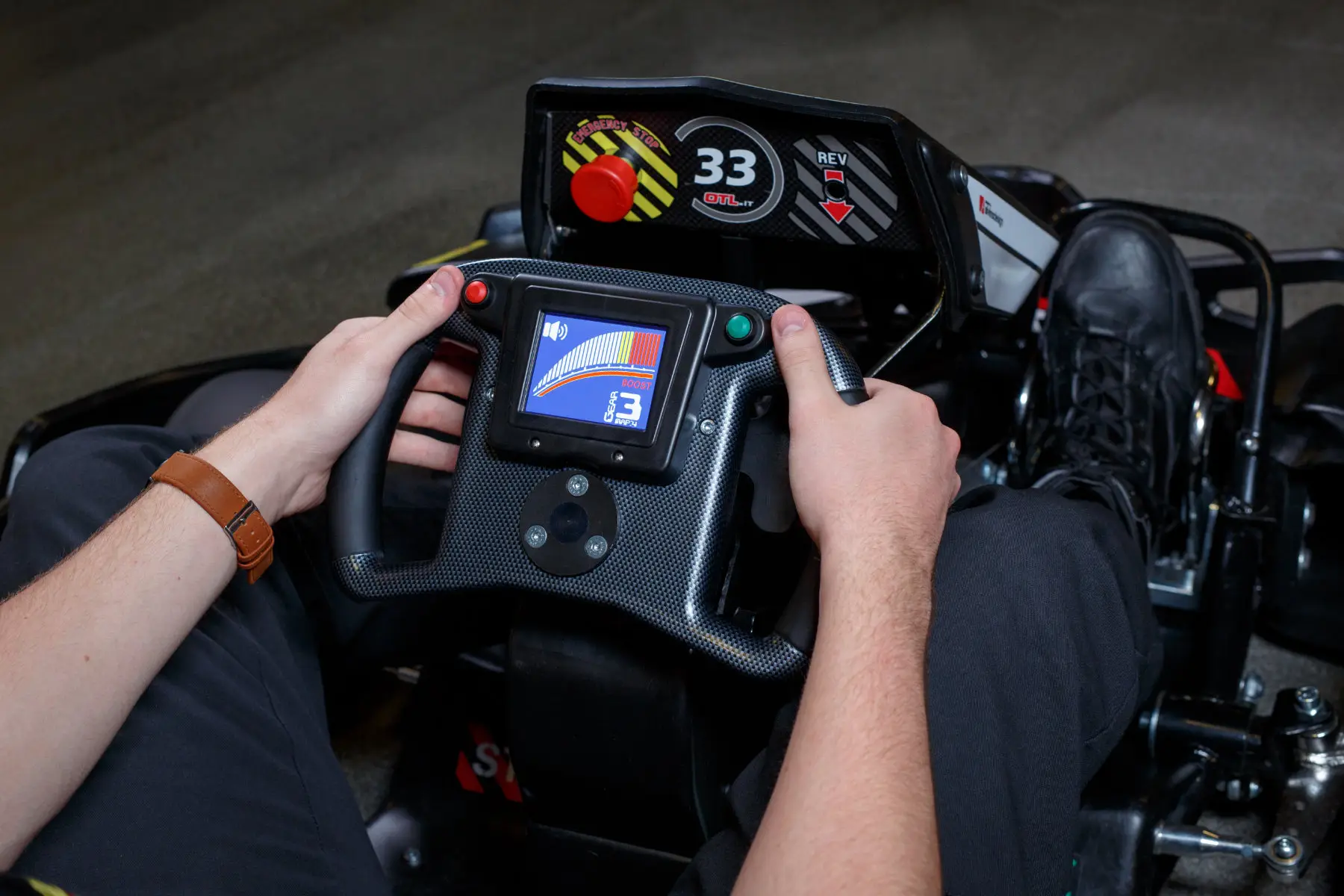
Over the years, technological innovations have revolutionized the world of go-kart racing, enhancing both performance and safety. One of the most significant advancements has been in engine improvements. Modern go-karts are equipped with high-performance engines that provide greater speed and efficiency. These engines are not only more powerful but also more reliable, reducing the chances of mechanical failures during races. Overdri've Raceway's Superlegerro karts are the most technically innovative electric kart on the market, capable of speeds up to 45 mph!
Safety features have also seen remarkable advancements. In the early days, safety was often an afterthought, but now it's a primary focus. Modern go-karts come with advanced braking systems, ensuring quick and efficient stops. Enhanced roll cages and reinforced chassis designs protect you in case of a crash. Innovations like these make the sport safer without compromising on the thrill of the race. Additionally, improved seat belts and padding provide extra layers of protection, allowing you to race with confidence.
Accessibility innovations are also very important, especially to us at Overdrive, where we really want everyone to be able to enjoy the thrill of the race. We are extremely proud to be one of the only facilities in the United States with hand-controlled ADA karts, the first Duo Kart in the country, and the only track in Colorado that accommodate people of all abilities.
As interest in go-kart racing grew, dedicated tracks began popping up across America, providing enthusiasts with the perfect venues to test their skills. These tracks varied in complexity and size, catering to both amateurs and seasoned racers. Track expansion quickly became a significant trend, with many facilities upgrading to include better safety measures, more challenging layouts, and state-of-the-art timing systems.
These tracks weren't just about essential racing; they played a vital role in fostering regional competitions. Enthusiasts from different states would gather to compete, fueling a sense of community and healthy rivalry. These regional competitions often served as stepping stones for more ambitious racers aiming to make a name for themselves on a larger stage.
The rise of go-kart tracks also led to the establishment of leagues and regular events, making it easier for you to get involved in the sport. Whether you were a newcomer or an experienced racer, there was always an opportunity to hone your skills and enjoy the thrill of competition. The proliferation of tracks across the country ensured that go-kart racing was accessible, exciting, and continually evolving
Key Figures and Pioneers
Amid the burgeoning network of go-kart tracks, certain individuals emerged as pivotal figures who greatly influenced the sport. You can't talk about go-kart racing without mentioning Art Ingels, the trailblazing engineer who's often credited with building the first go-kart in 1956. Ingels' ingenuity sparked a revolution, inspiring countless others to follow suit and innovate.
Then there's Duffy Livingstone, another pioneering driver and engineer who took Ingels' concept and refined it. Livingstone's work on the Go-Kart Manufacturing Company brought the sport into the mainstream, making go-karts more accessible for everyone. He didn't just stop at building karts; he was also a fierce competitor, winning numerous races and proving the potential of his creations.
You've also got to recognize the pioneering drivers like A.J. Foyt and Mario Andretti. These legends started their illustrious careers in homemade go-karts and box racers.
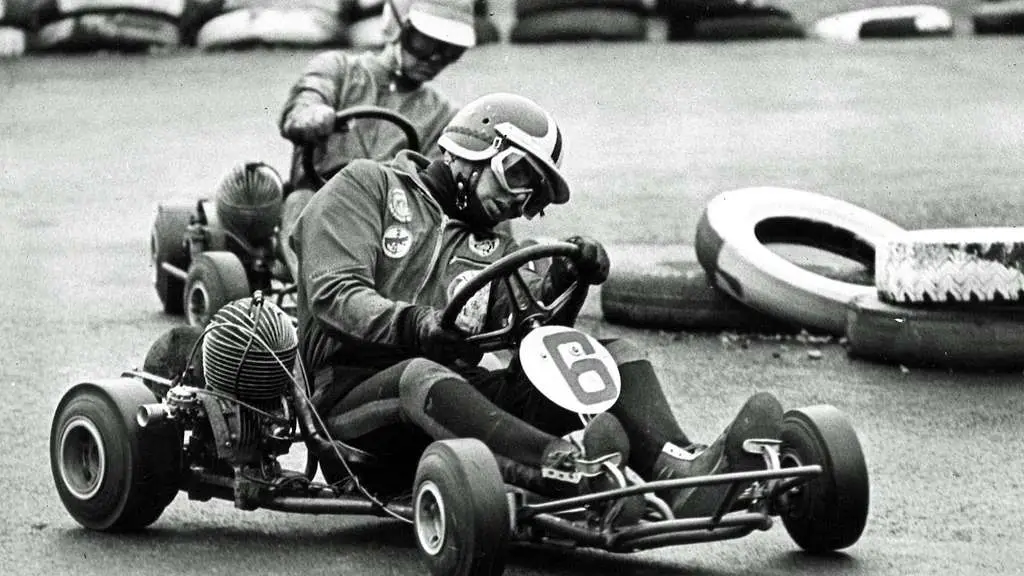
Today, go-karting has evolved into a sophisticated sport with advanced technology, professional leagues, and a global fanbase. You'll find that modern go-karts are a far cry from their humble beginnings. They're now equipped with cutting-edge engines, advanced suspension systems, and even data analysis tools to optimize performance. This technological leap has made go-karting not just a fun pastime but a serious competitive sport.
Racing leagues have sprouted up all over the world, offering structured platforms for both amateur and professional drivers. This includes our own league racing, which has been incredibly fun and successful over the past year!
In addition to the physical demands, strategy plays a significant role in modern go-karting. You'll need to master track layouts, manage tire wear, and make split-second decisions to gain an edge. The community around the sport has also grown, with dedicated fans following their favorite drivers and teams closely.
Conclusion
From humble beginnings with Art Ingels' lawnmower-powered kart to the high-tech, competitive scene of today, go-karting has come a long way. Thanks to pioneers like Ingels and Duffy Livingstone, the sport continues to thrive. So, come to Overdrive Raceway where the pioneering spirit of kart racing is alive and well.



